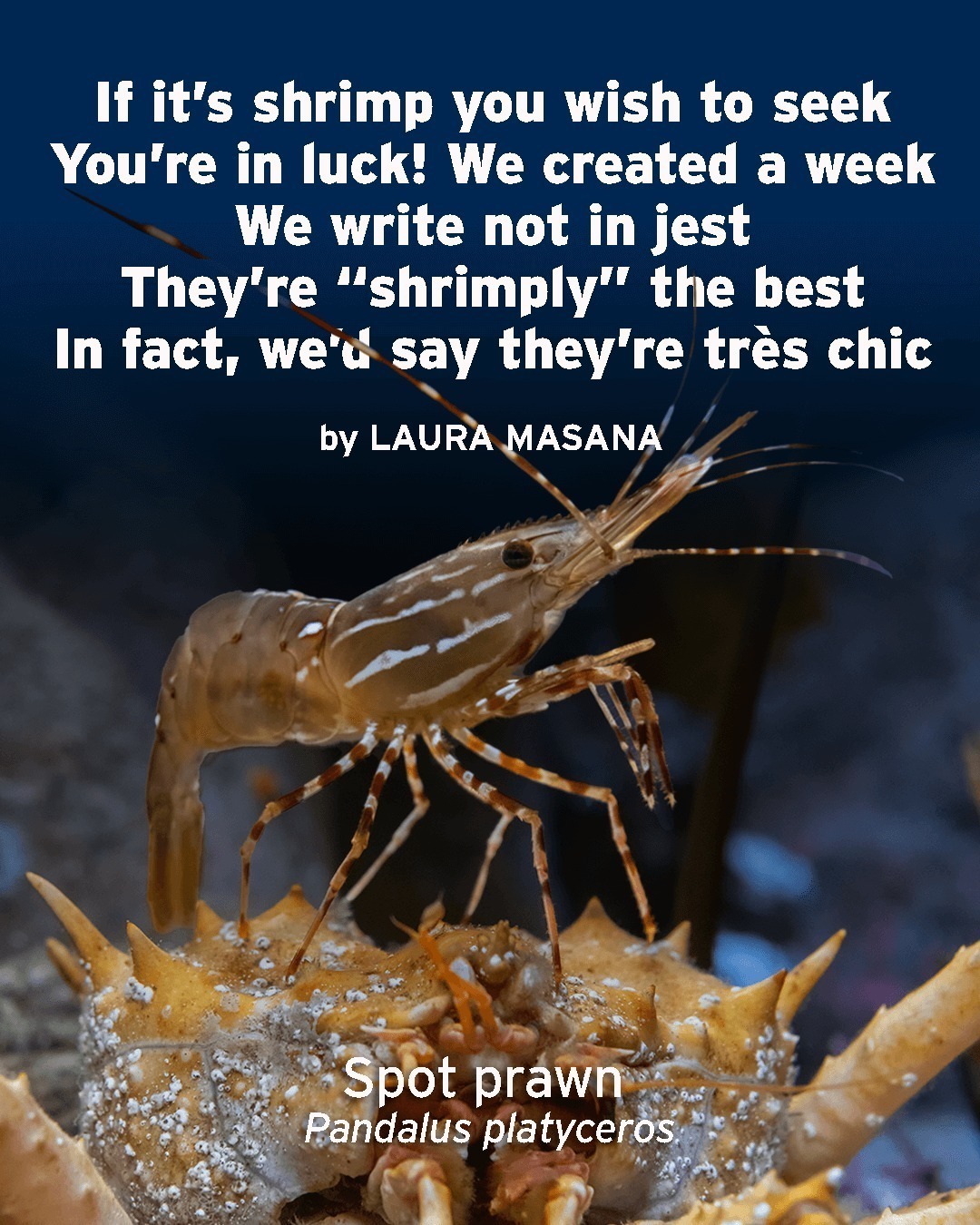Hey friends! Today, let’s dive into the world of a truly intriguing crustacean: the spot prawn. I’ve recently become captivated by these amazing creatures and I’m eager to share a few remarkable facts with you.
First off, spot prawns (Pandalus platyceros) can be found along the Pacific coast, stretching from Alaska down to California. These little critters love to hang out in rocky habitats and can be found at depths ranging from 20 to 1,500 feet.
Now, let’s talk about their appearance. Spot prawns are named for the distinct white spots on their reddish-brown shells. They’re the largest shrimp species in the area, with some reaching up to 9 inches in length. That’s one big shrimp!
These crustaceans also have a peculiar quirk when it comes to reproduction. Spot prawns are protandrous hermaphrodites, which means they start life as males and later transform into females. Talk about a fascinating life cycle!
What about their diet, you ask? Spot prawns are omnivorous scavengers. They’ll eat just about anything they come across, from tiny plankton to dead fish and other debris on the seafloor. They’re certainly not picky eaters!
Did you know that spot prawns are a culinary delight? They’re highly sought after for their sweet, delicate flavor and firm texture. Sustainable fishing practices have made them a popular choice among environmentally-conscious seafood lovers.
So there you have it, folks! The spot prawn is not only an interesting and adaptable creature, but also a delicious and sustainable seafood option. Keep these facts in mind next time you’re enjoying some tasty shrimp at your favorite restaurant!


